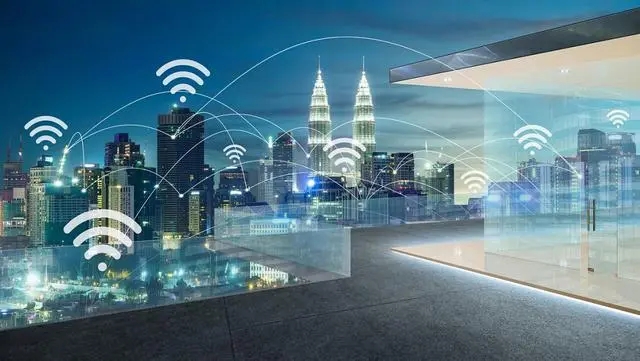Classic Bluetooth (Classic Bluetooth) and Bluetooth Low Energy (Bluetooth Low Energy, BLE) are different versions of Bluetooth technology, and they each have different characteristics and application scenarios. This article will explain the difference between Classic Bluetooth and Bluetooth Low Energy.
Power Consumption:
Bluetooth low energy is specially designed for low power applications, and its power consumption is much lower than classic bluetooth. The power consumption of classic Bluetooth is about 1W, while the power consumption of Bluetooth low energy is usually tens of mW or several mW. This makes Bluetooth low energy ideal for long-running devices such as smart watches, fitness trackers, and IoT devices.
Rate:
The transfer rate of Classic Bluetooth is faster than Bluetooth Low Energy, up to 2.1 Mbps. The transfer rate of Bluetooth low energy is usually under 1 Mbps, but it is fast enough for many low power applications.
Scope:
Classic Bluetooth has a longer transmission distance, up to 100 meters. The transmission distance of Bluetooth low energy is usually less than 10 meters, but it can extend the coverage through technologies such as signal relay and mesh topology.
Connection method:
Classic Bluetooth can establish a point-to-point connection or a multipoint connection between two devices. The connection mode of Bluetooth low energy consumption is more flexible, and point-to-point connection, broadcast and multipoint connection can be established. This makes Bluetooth Low Energy more suitable for use in complex network topologies such as IoT devices.
Application Scenario:
Classic Bluetooth is suitable for applications that require high-speed transmission and long-distance connections, such as audio transmission, file transfer, and wireless printing. While Bluetooth low energy is suitable for applications that require long-running and low power consumption, such as smart home, smart health, Internet of Things devices, etc.
To sum up, there are differences between classic Bluetooth and low energy Bluetooth in terms of power consumption, speed, range, connection mode and application scenarios. Which Bluetooth technology to choose should be decided according to specific application requirements and device characteristics.

 Trolink Joint With Tuya to Make Iot Benefit Every Family
Trolink Joint With Tuya to Make Iot Benefit Every Family
 5 Key Indicators for WiFi Module Selection You Have to Know !
5 Key Indicators for WiFi Module Selection You Have to Know !
 IOT module is the brain of smart products
IOT module is the brain of smart products
 What is the signal coverage range of the WiFi module chip?
What is the signal coverage range of the WiFi module chip?